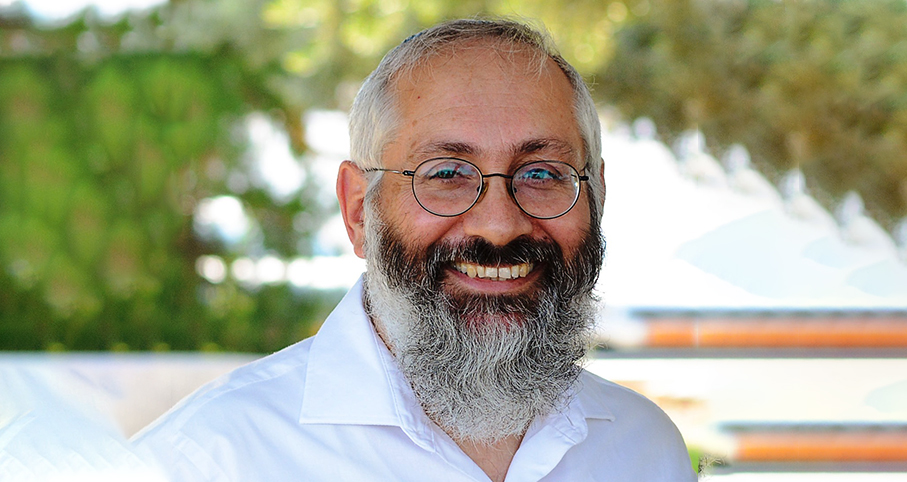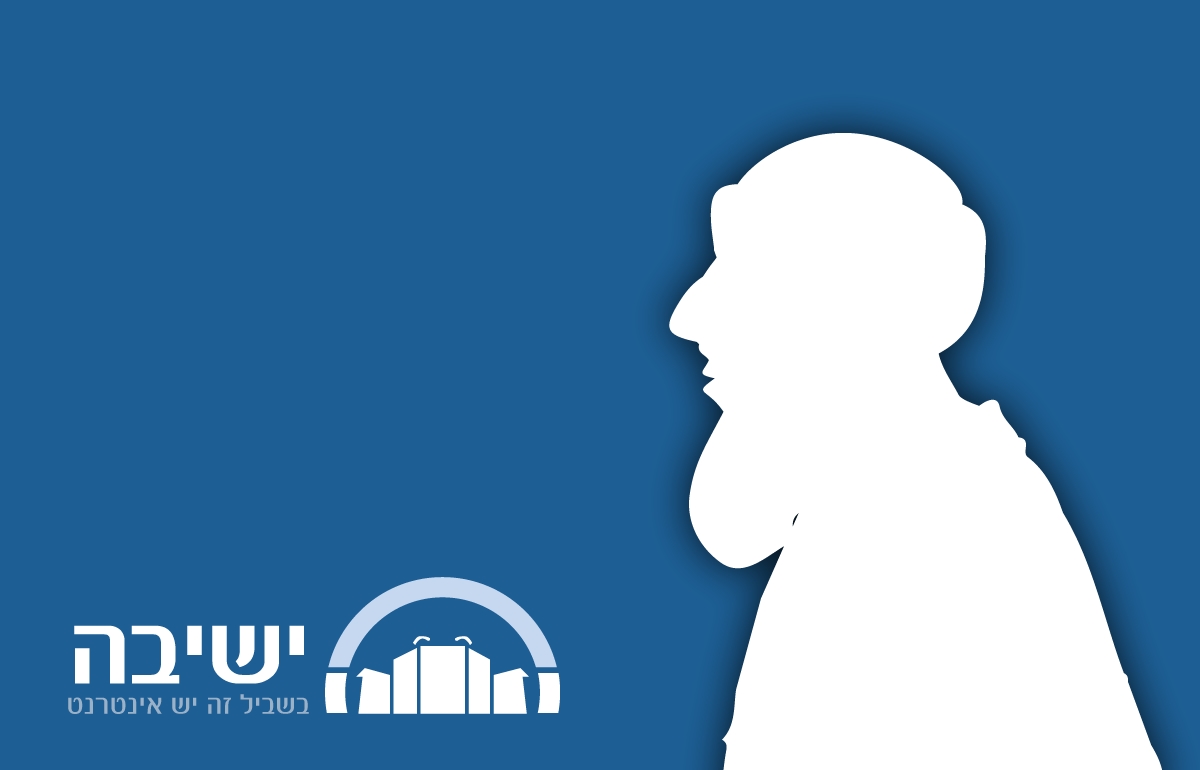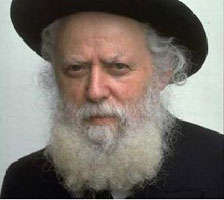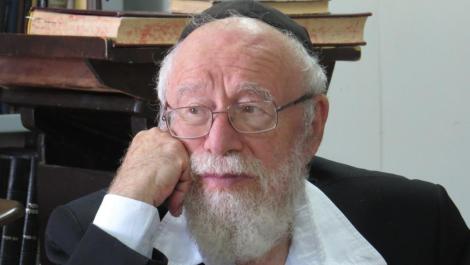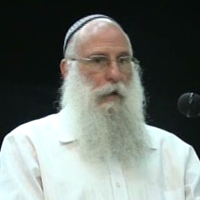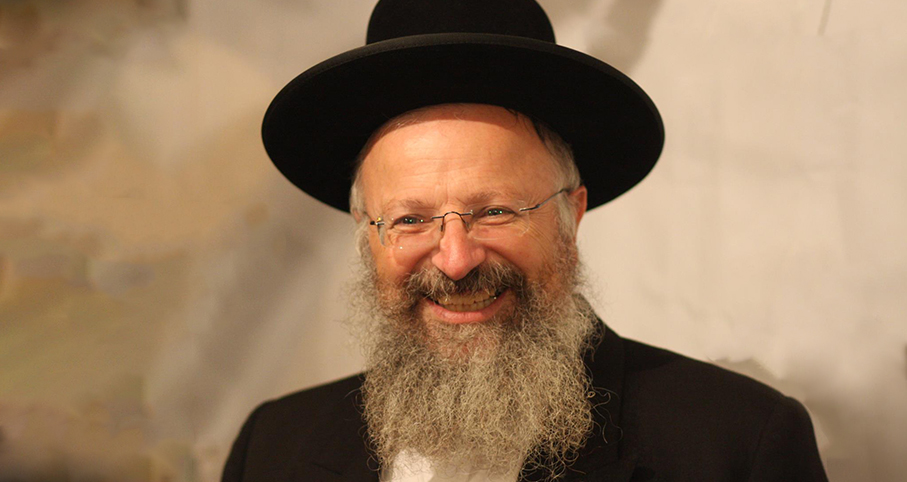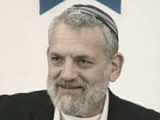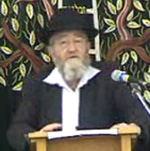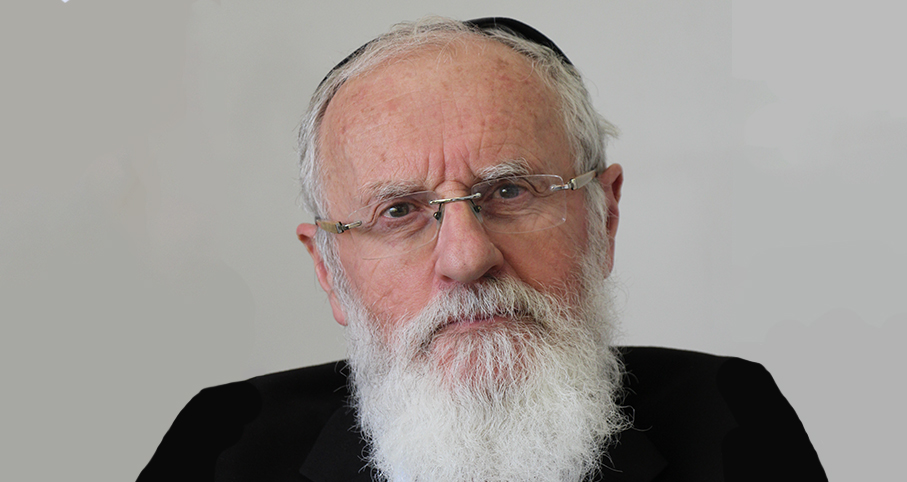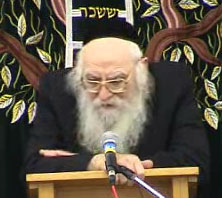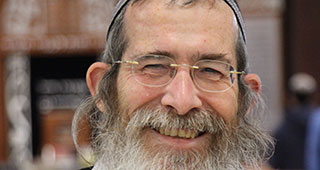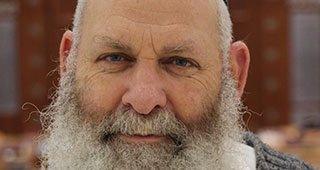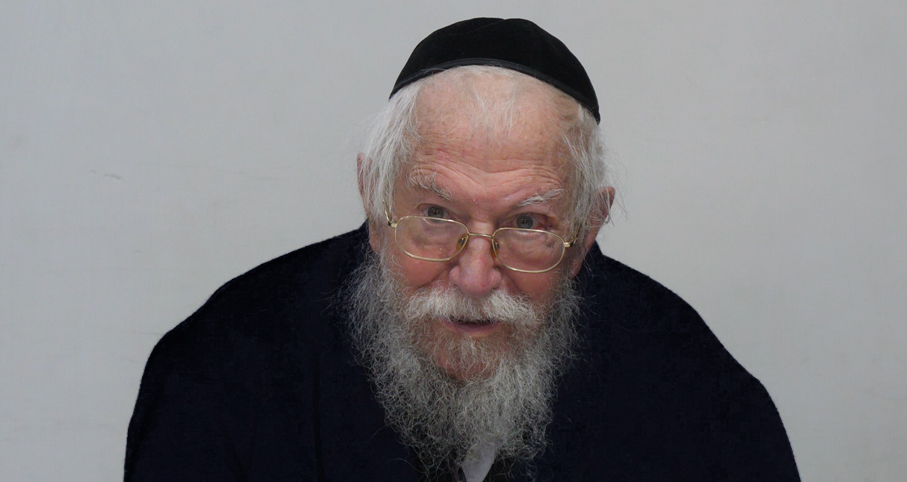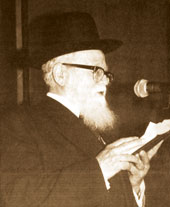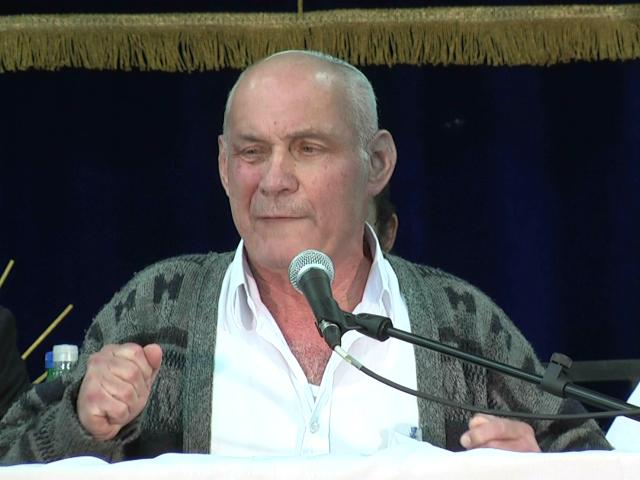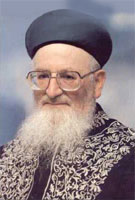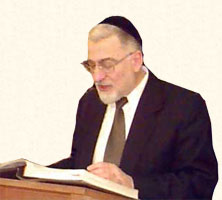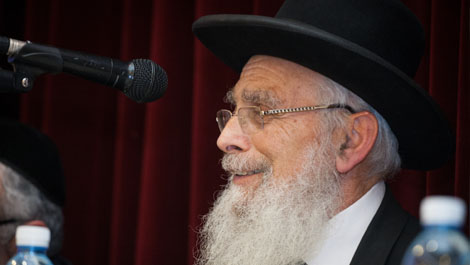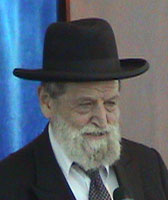Beit Midrash
- Torah Portion and Tanach
- Shmot
- Terumah
How could the holy Tabernacle be constructed from an impure animal? What purpose would this serve?
The difference between pure and impure is similar to the difference between good and evil. These distinctions are true and valid, and it is necessary for our moral development to recognize and emulate good, while abhorring evil and corruption. However, these distinctions are really only by way of comparison. Good and evil are in fact relative terms. On a very fundamental level we recognize — at least intellectually — that everything has some ultimate purpose and value. Nothing can exist, nothing was created, which is absolute evil. Everything must relate, on some level, to the underlying good of the universe.
This abstract recognition of the hidden value of evil has no practical application, since morality is based upon the strongest possible feelings of hatred for evil and love for good. Therefore, when it comes to fulfilling mitzvot, which are practical ethical guidelines, it is not appropriate to use impure objects.
The Tabernacle, however, may have been an exception to this rule.
The generation of Jews who lived in the desert for forty years was a special generation. Their spiritual achievements were for all times. They encompassed the essence of all future generations, so that the covenant they made with God — and the Torah which they accepted upon themselves — obligated not only their generation, but all future ones as well.
Like the special generation of the desert, the Mishkan embodied timeless aspects of the universe. The holy sanctuary of the desert was not a matter of specific morality for a particular era, but encompassed the expanse of all times and all things. It reflected the beautiful harmony of the entire universal order, and the divine aim of elevating all of creation. It was therefore possible that its outermost covering was made from an impure animal. The tachash, with its many hues and colors, represented the ultimate value of the many forces in the world, in all their variations. Its inclusion in the Tabernacle, albeit in its outermost layer, enabled an expression of our intellectual recognition of God's essential unity, that nothing exists outside of Him, and that all was created in His Glory.
Gold from the Land of Israel, pp. 147-148. Adapted from Ein Eyah vol. III, pp. 105-107)
Rabbi Chanan Morrison of Mitzpeh Yericho runs ravkooktorah.org, a website dedicated to presenting the Torah commentary of Rabbi Avraham Yitzchak HaCohen Kook, first Chief Rabbi of Eretz Yisrael, to the English-speaking community
The purpose of bilding the Mishkan and the people whom are capable to build it
Rabbi Berel Wein zt"l | 28 Shvat 5768
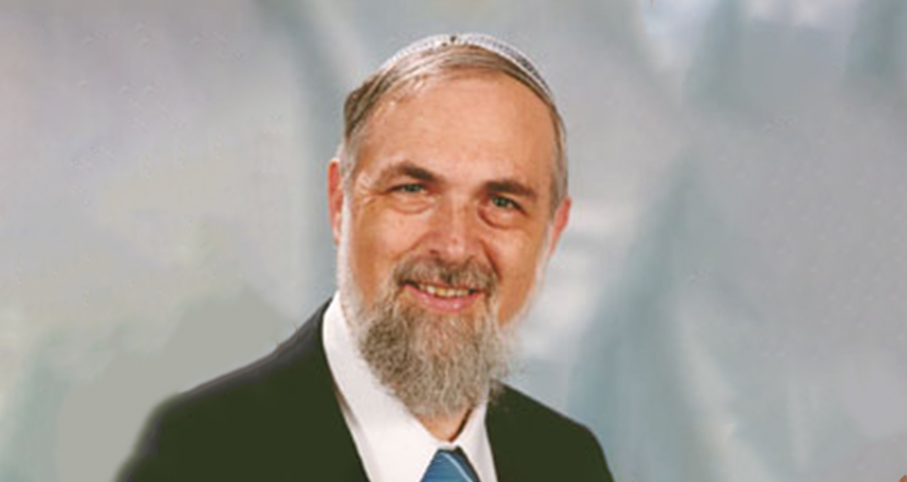
On Justice and the Right of Appeal – part III
Rabbi Yossef Carmel | 2 Adar I 5784

